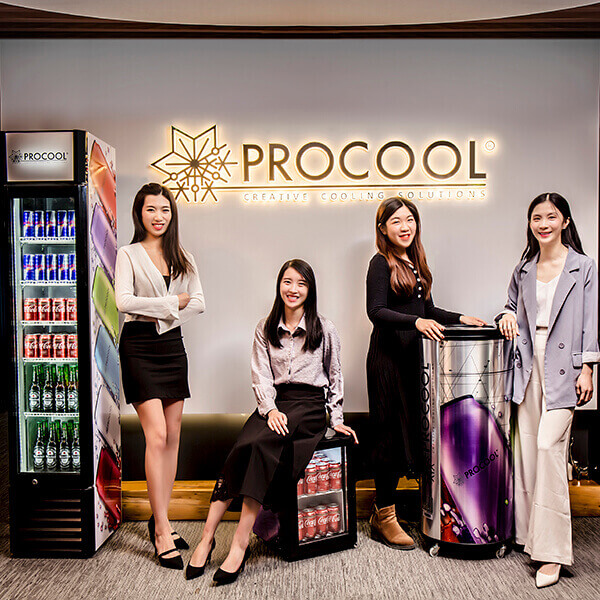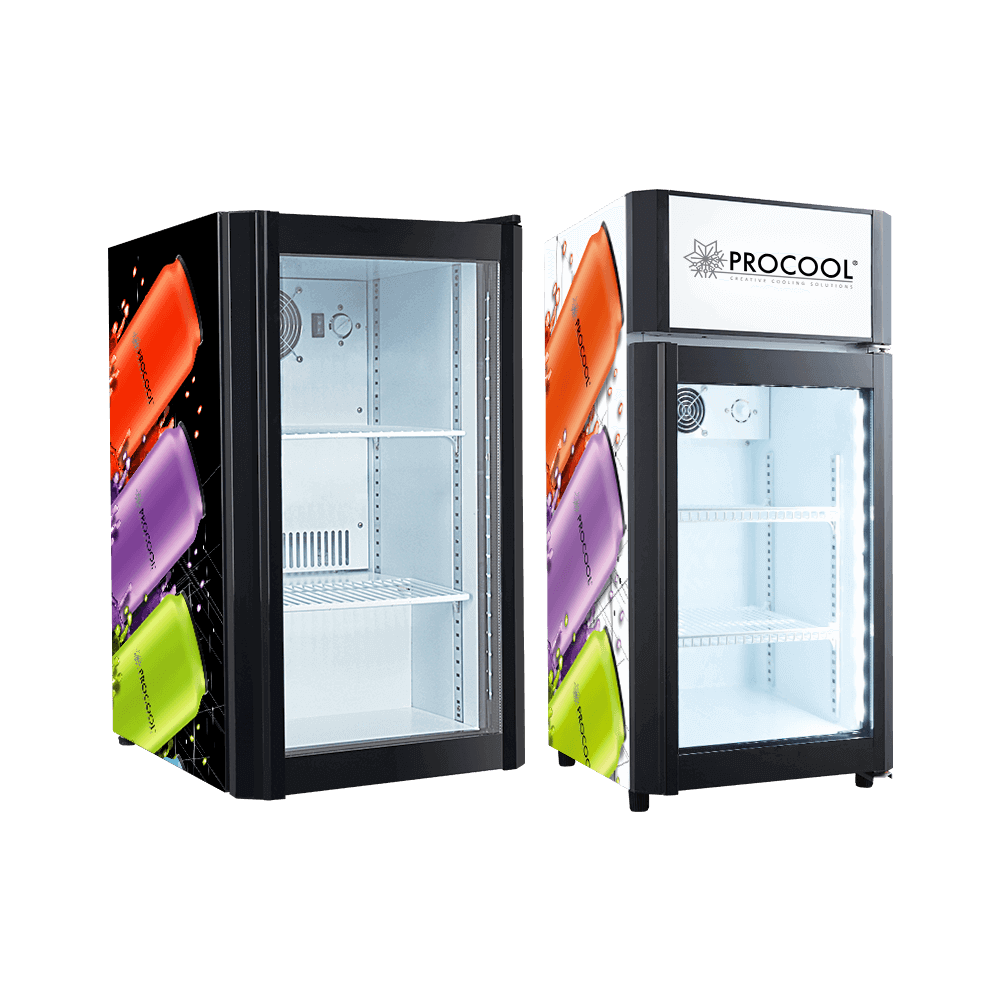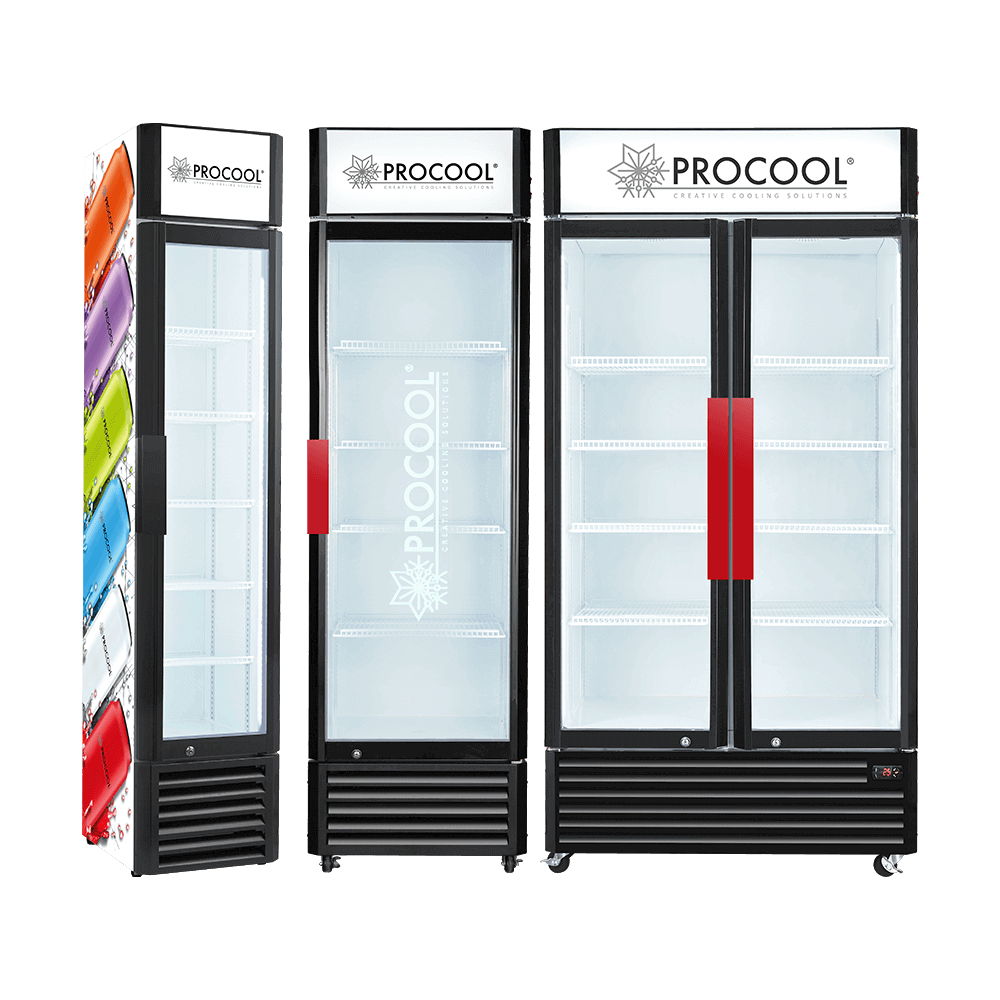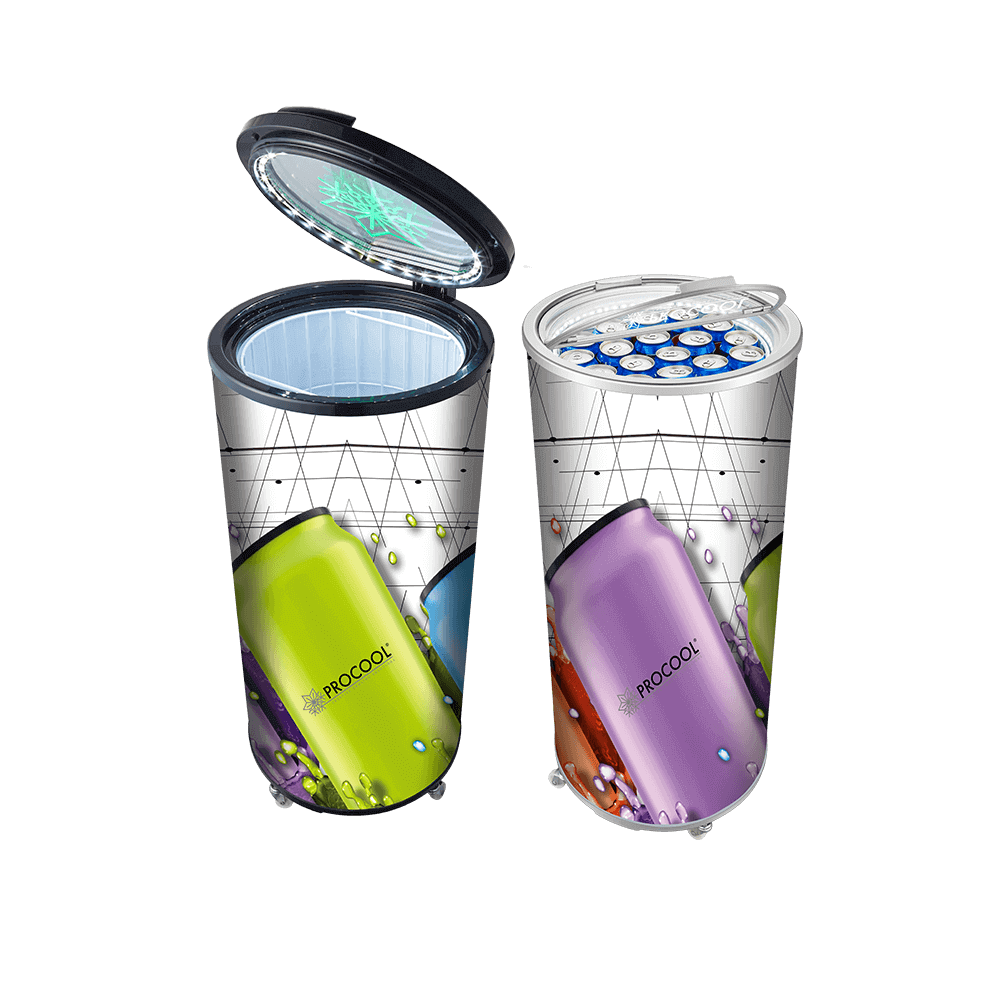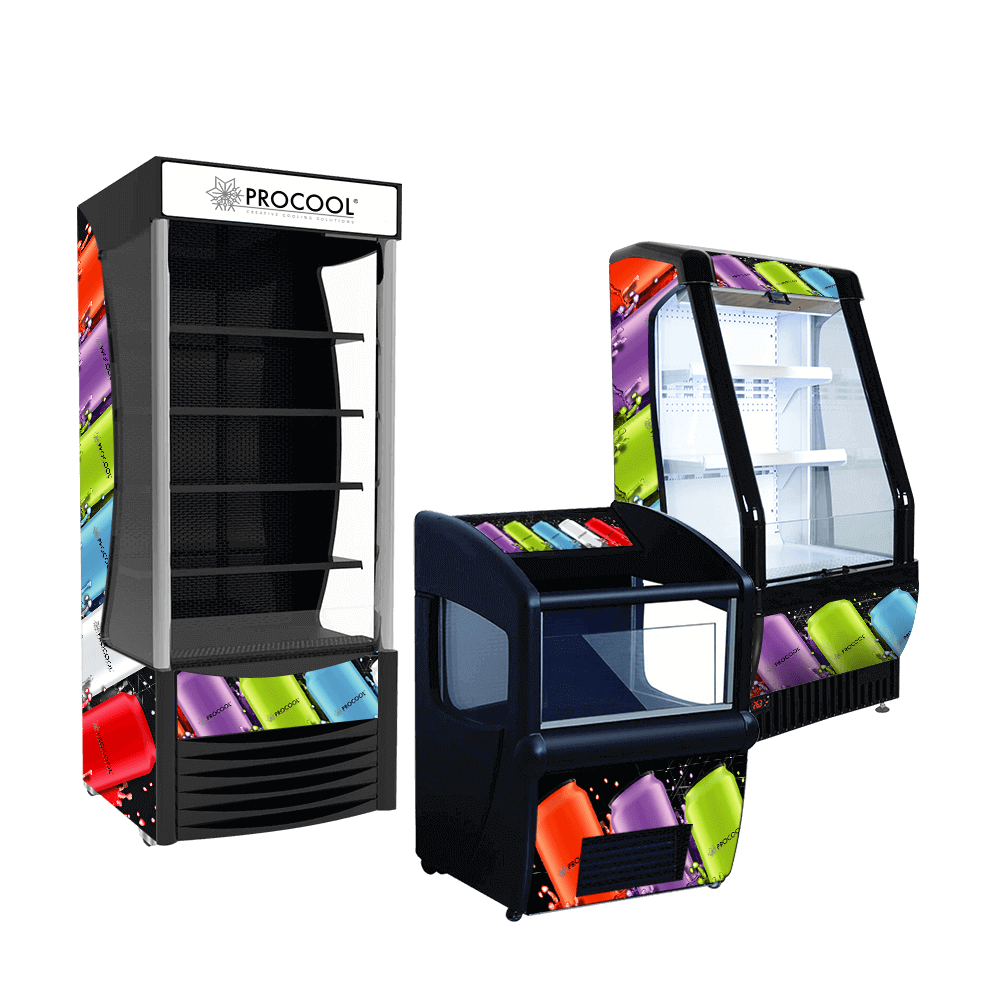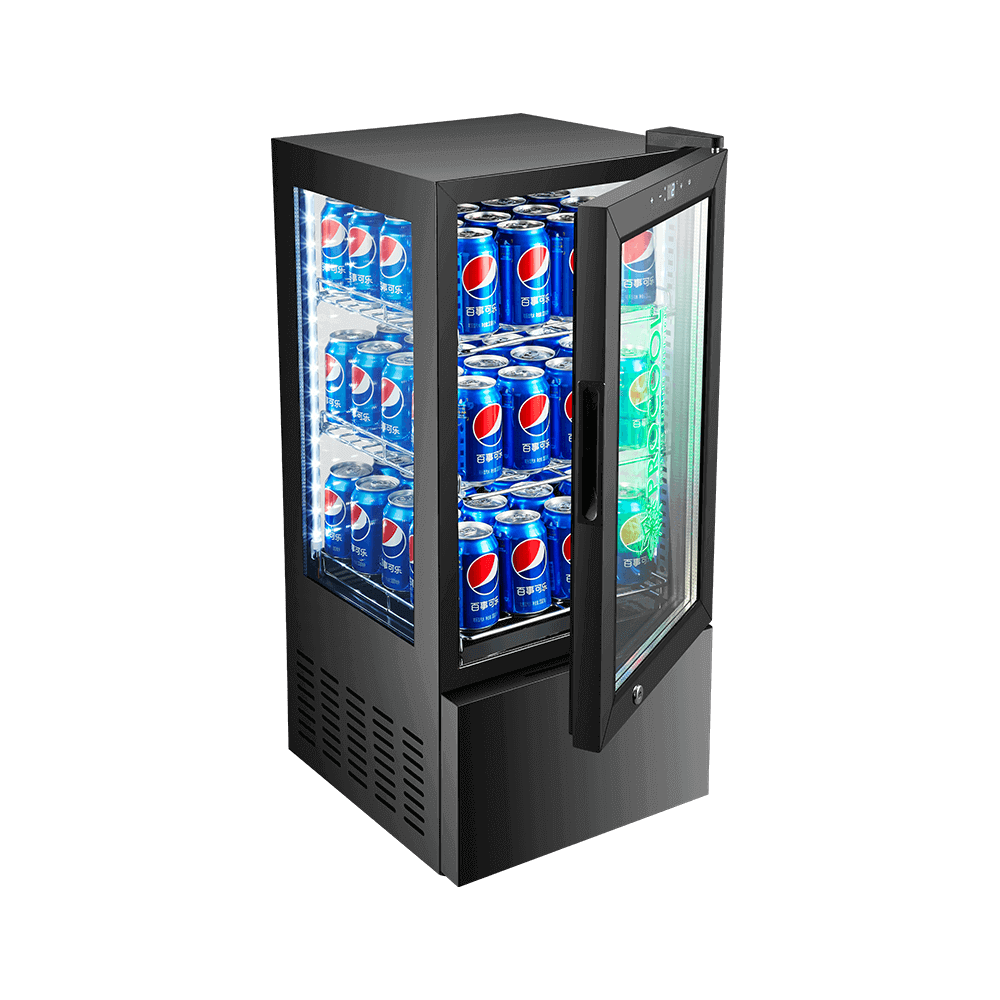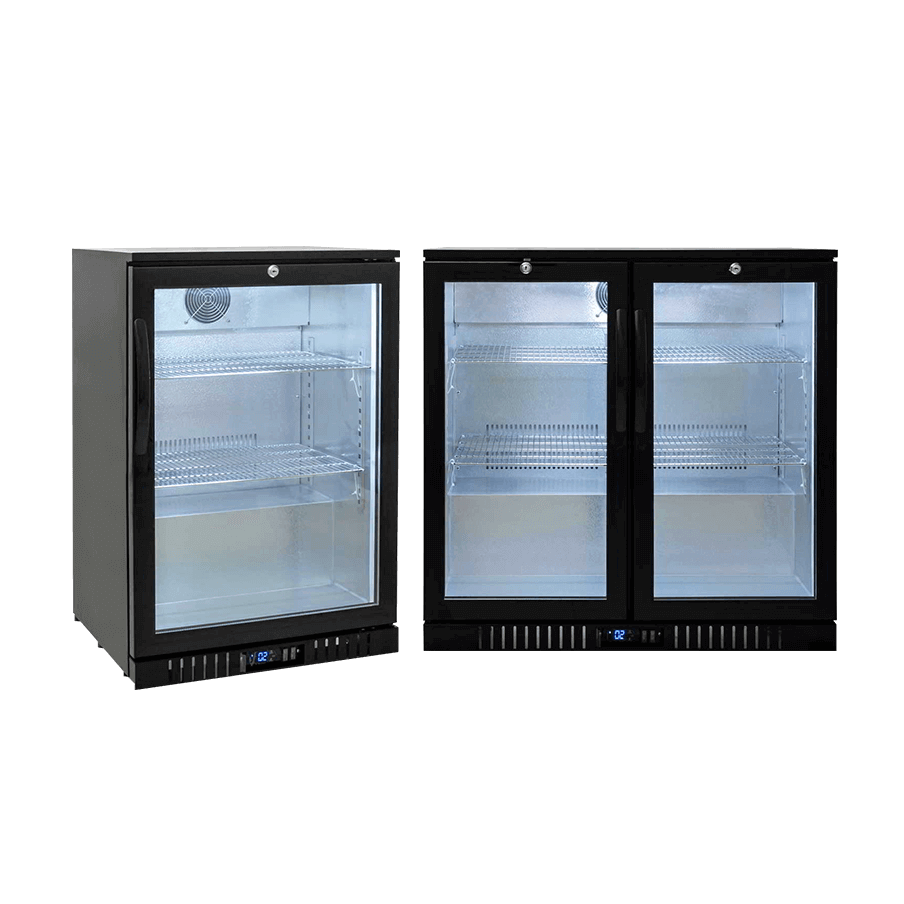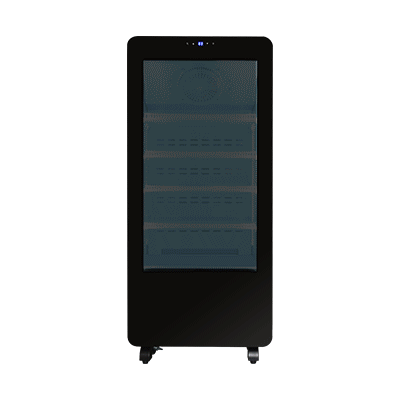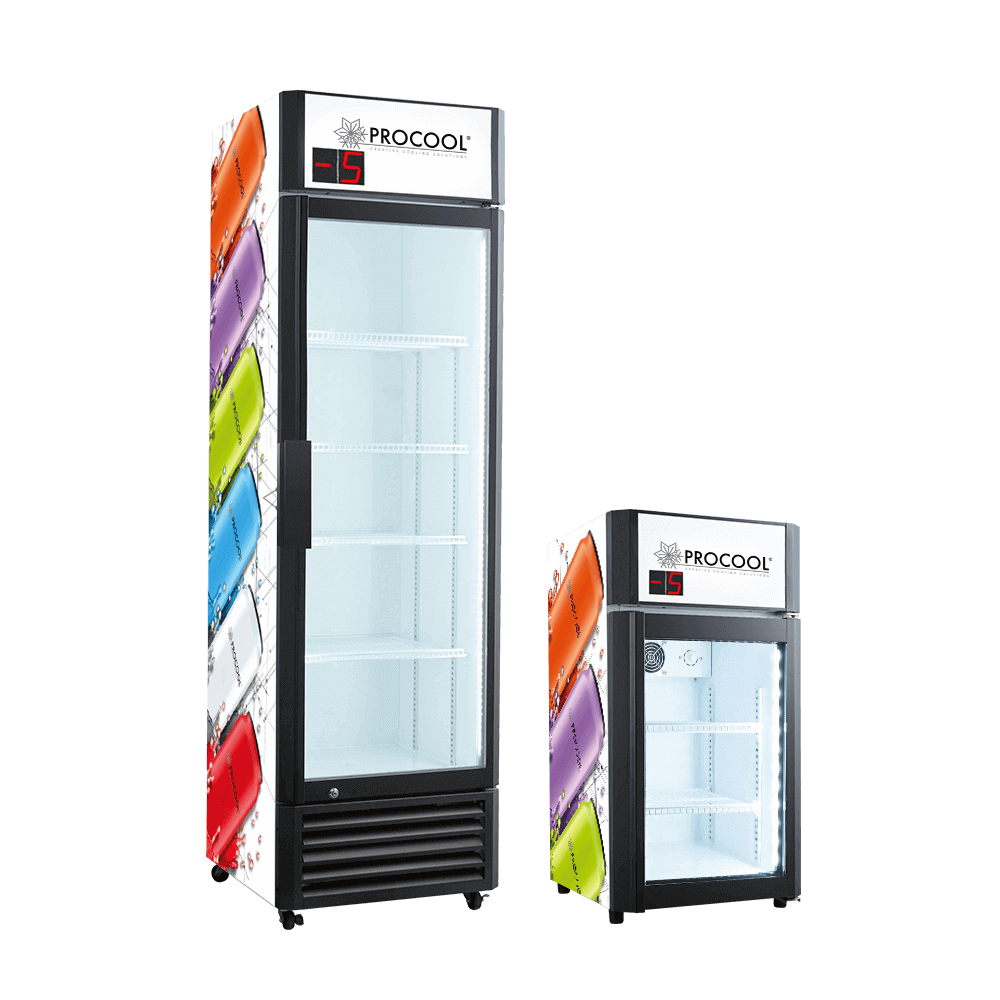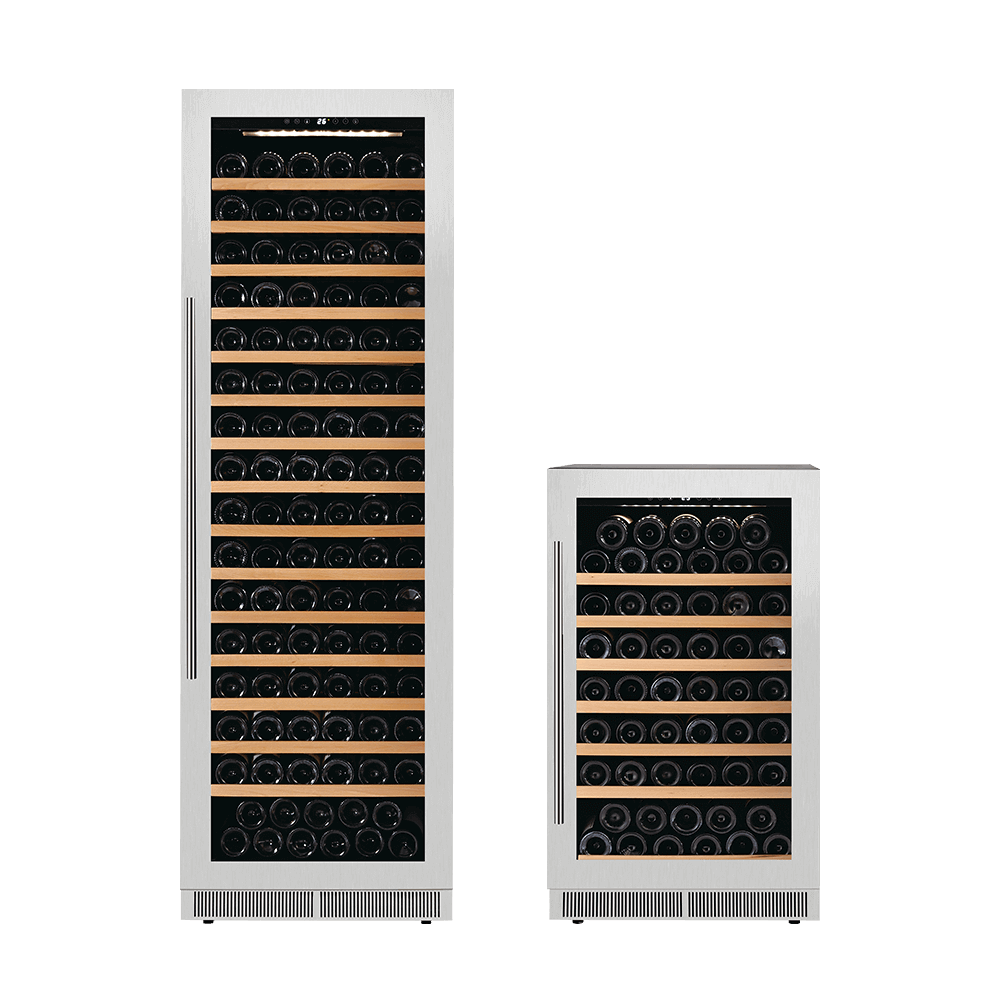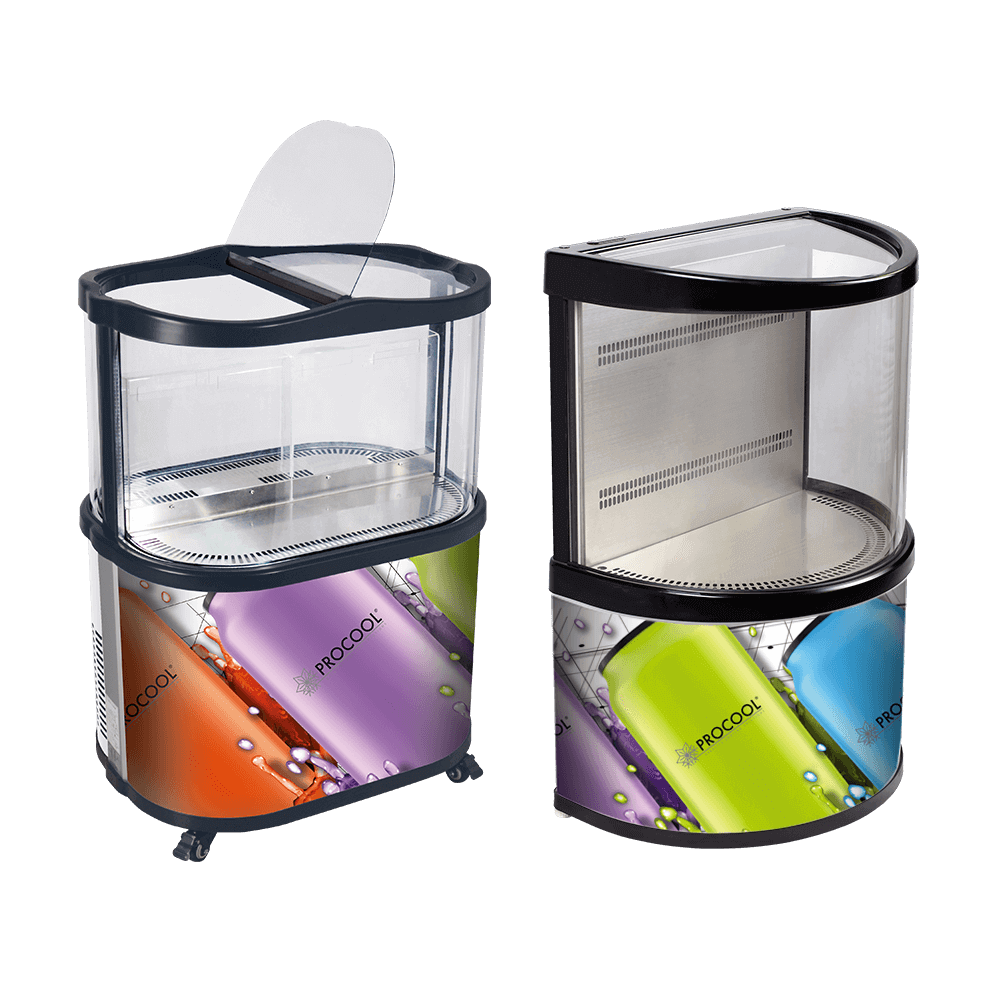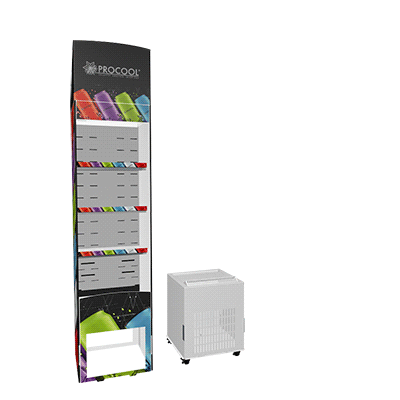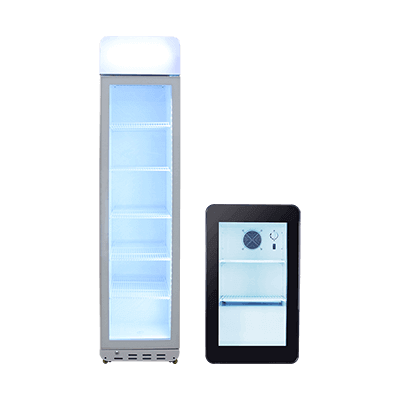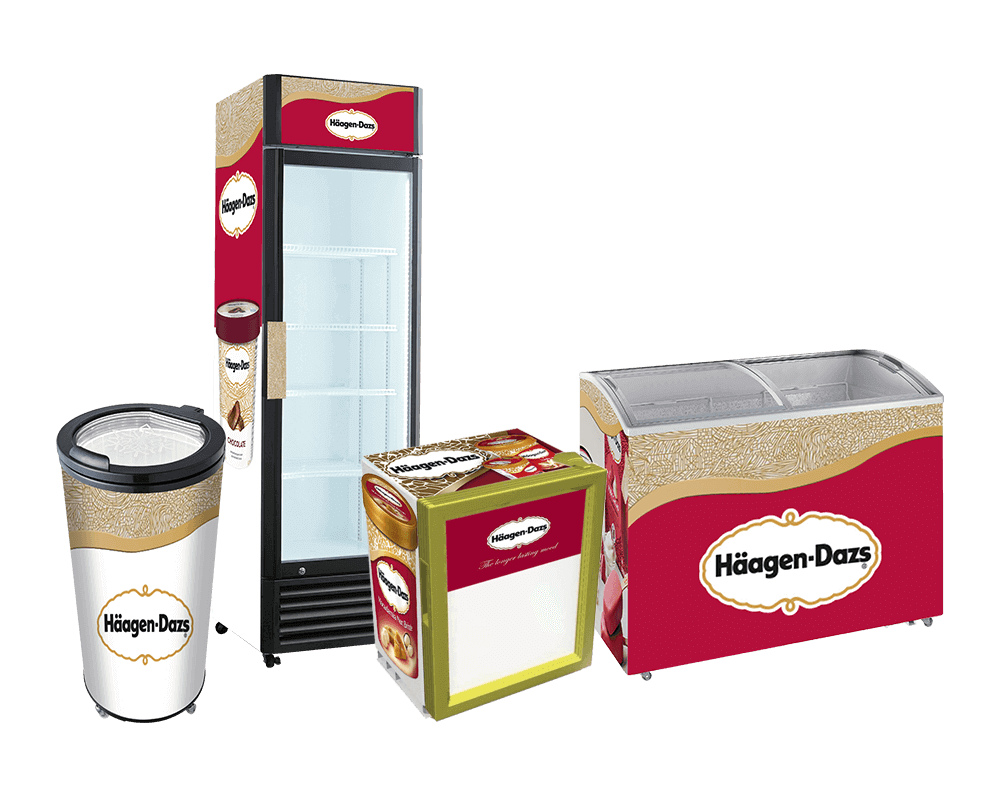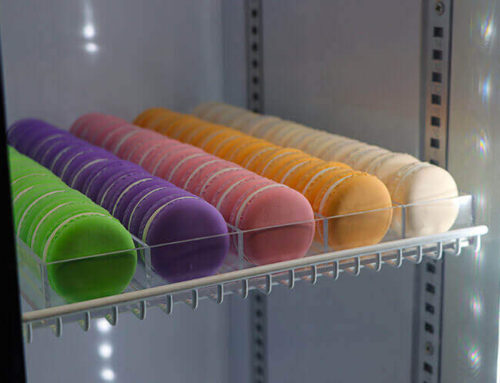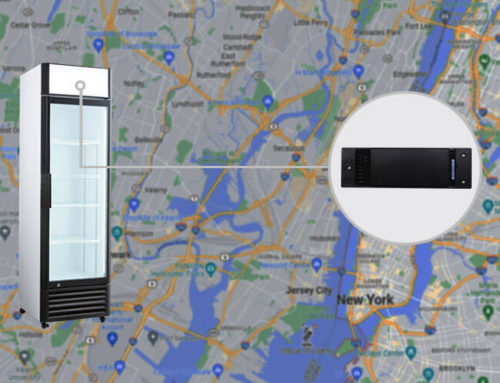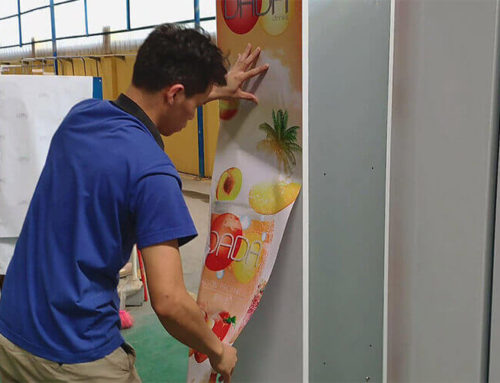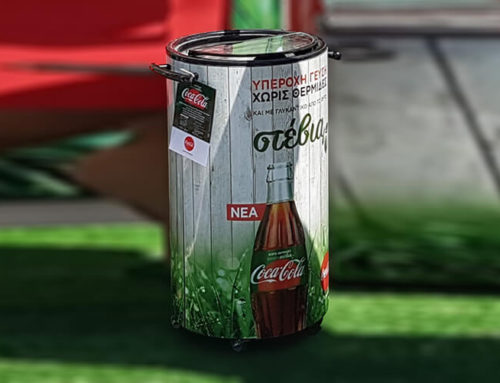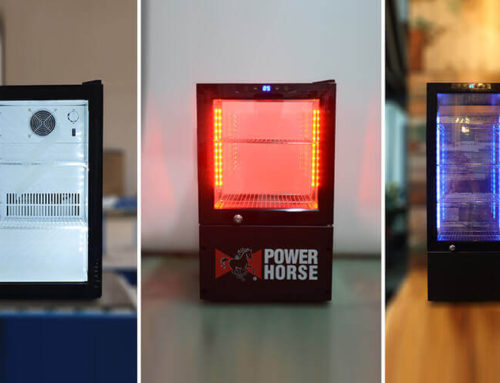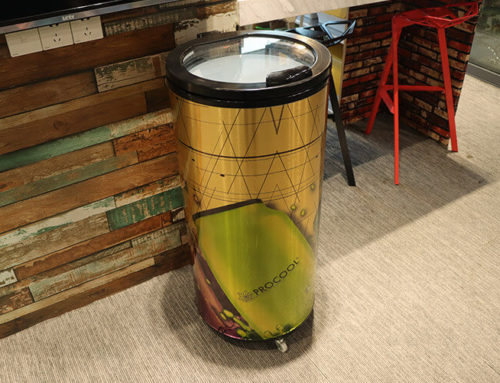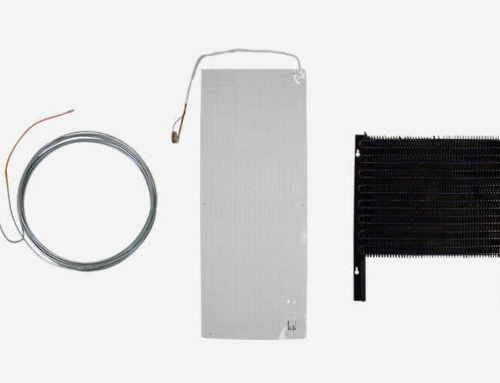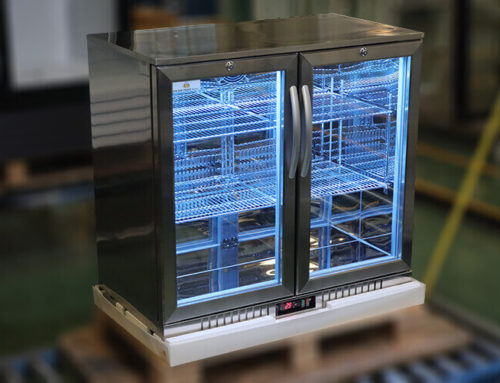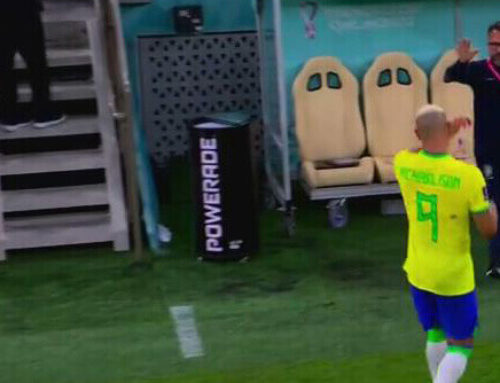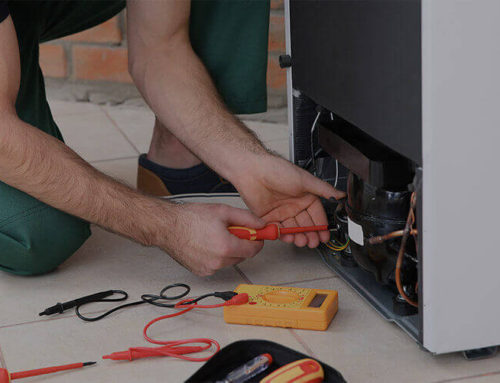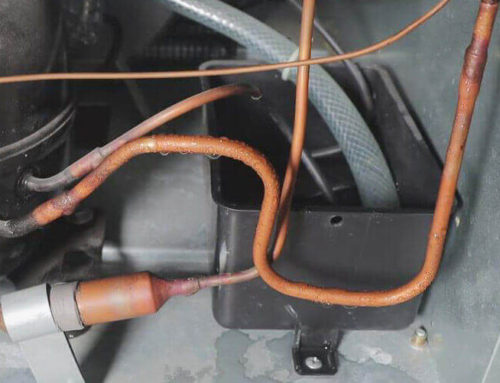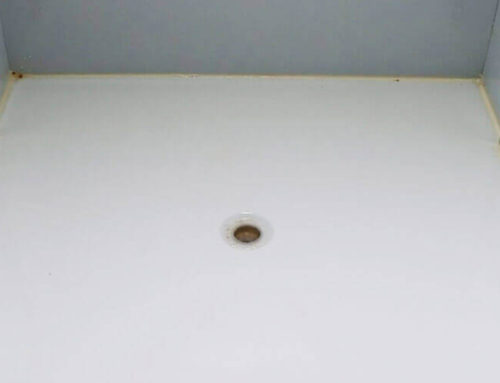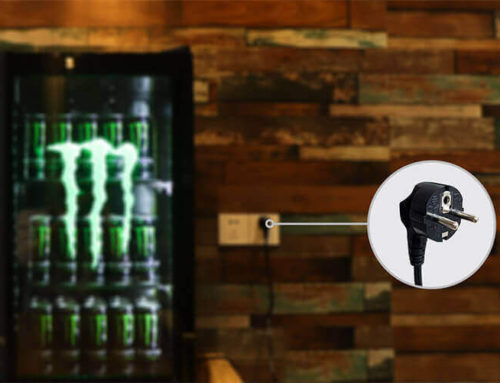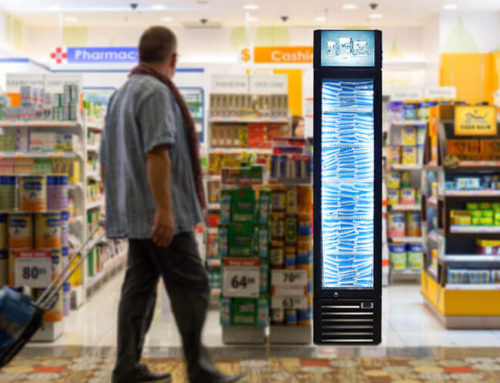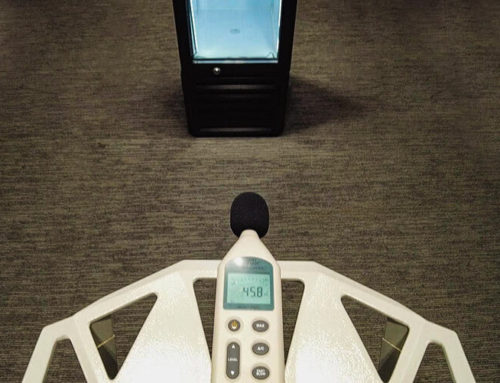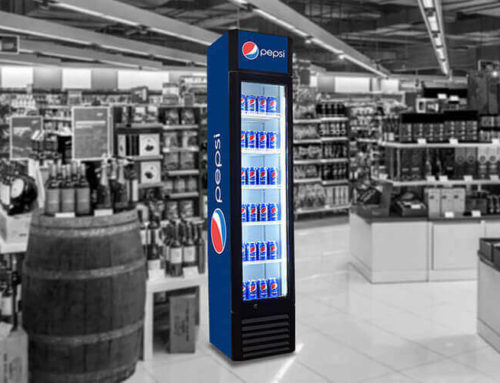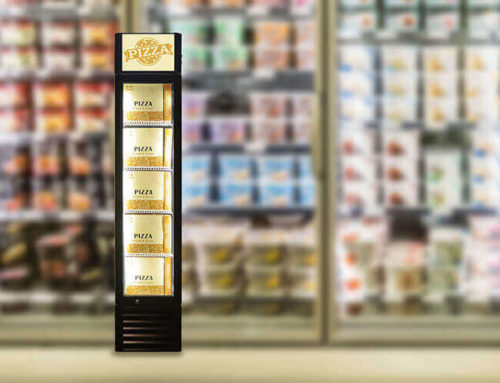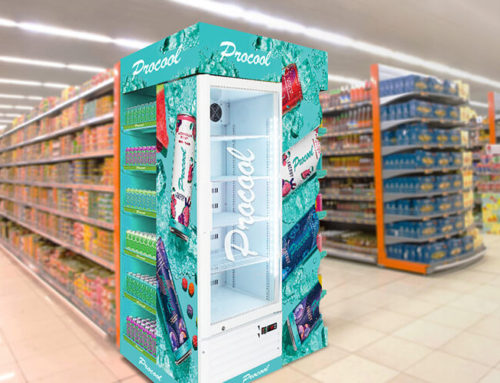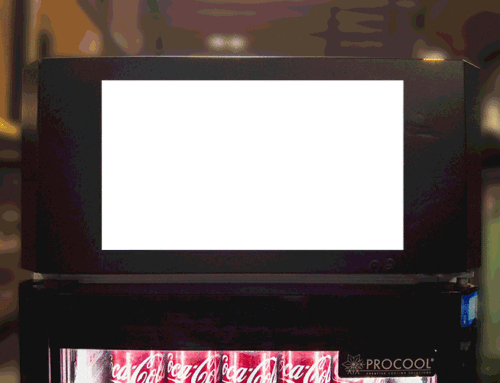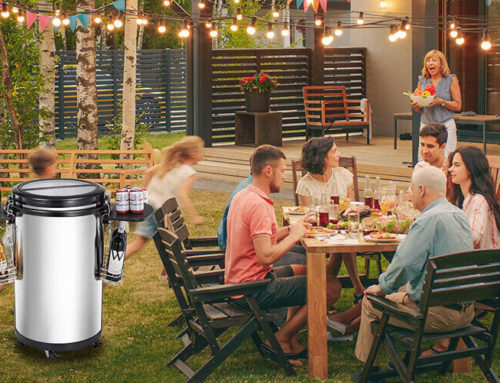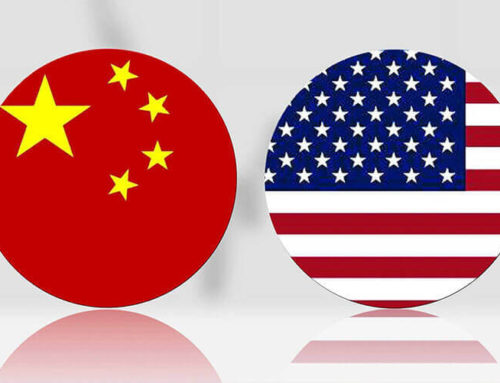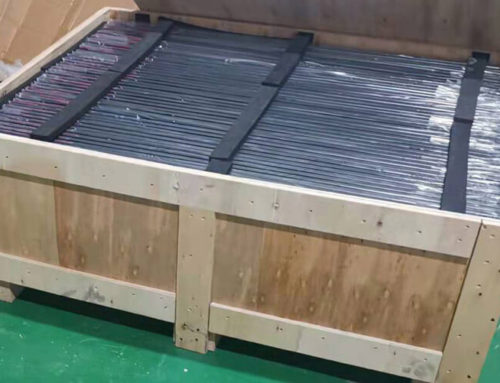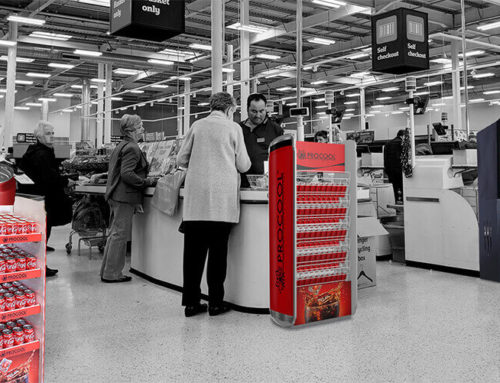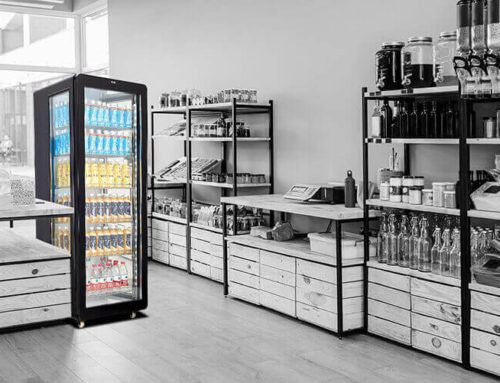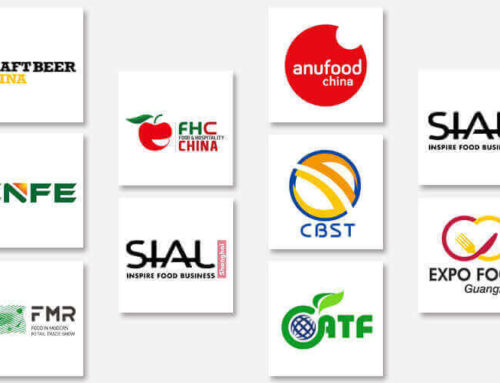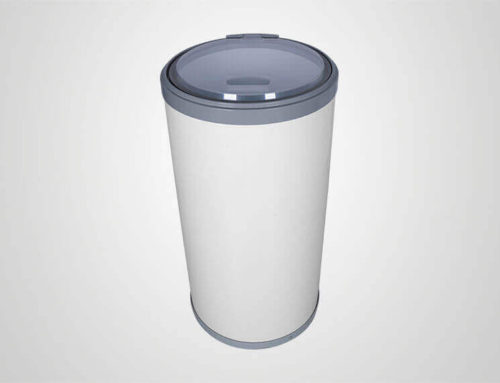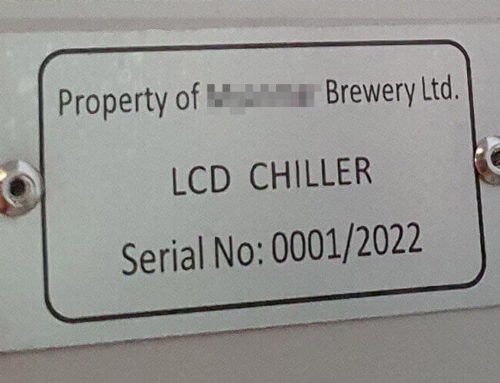Refrigerator Climate Class
What Is Refrigerator Climate Class?
Commercial refrigerators are designed to work under certain climate conditions which are rated by climate classes. It indicates the minimum and maximum temperature limits, within which the refrigerators are able to operate properly.
Different definitions of climate classes are based on different standards. There are 3 common climate conditions as follows:
Climate Class SN, N, ST and T
Standards: IEC 62552-1 Household refrigerating appliances – Characteristics and test methods – Part 1: General requirements
Classifications:
Refrigerating appliances conforming to this standard are classified Into one (or more) of four climate classes. The range of ambient temperatures in which the appliances are intended to be used. and for which the required storage temperatures are to be met, shall be as specified in the below table.
| Description | Class | Ambient temperature range (°C ) |
|---|---|---|
| Extended temperate | SN | +10 to +32 |
| Temperate | N | +16 to +32 |
| Subtropical | ST | +16 to +38 |
| Tropical | T | +16 to +43 |
Some fridges or freezers are developed with combined climate classes to allow the operation within a wider temperature range, like some outdoor locations or special regions. For example:
N ~ ST suitable to operate under temperatures ranging from 16 °C ~ 38 °C (61 °F ~ 100 °F)
SN ~ T suitable to operate under temperatures ranging from 10 °C ~ 43 °C (50 °F ~ 109 °F)
Climate Class 0, 1, 8, 2, 3, 4, 6, 5 and 7
Standards: BS EN ISO 23953-2 Refrigerated display cabinets – Part 2: Classification, requirements and test conditions
Classifications:
| Test room climate class | Dry bulb temperature (°C) | Relative humidity (%) | Dew point (°C) | Water vapour mass in dry air (g/kg) |
|---|---|---|---|---|
| 0 | 20 | 50 | 936 | 7.3 |
| 1 | 16 | 80 | 12.6 | 9.1 |
| 8 | 24 | 55 | 14.4 | 10.2 |
| 2 | 22 | 65 | 15.2 | 10.8 |
| 3 | 25 | 60 | 16.7 | 12 |
| 4 | 30 | 55 | 20 | 14.8 |
| 6 | 27 | 70 | 21.1 | 15.8 |
| 5 | 40 | 40 | 23.9 | 18.8 |
| 7 | 35 | 75 | 30 | 27.3 |
Note: The water vapour mass in dry air is one of the main points influencing the performance and the energy consumption of the cabinets. Therefore the order of the climate class in the table is based on the water vapour mass column.
If the prototype application has a climate class of 5 (40°C/40%RH) or 7 (35°C/75%RH), the following tests will be carried out at 43±2°C ambient temperature, which has higher requirements for the electrical components.
| 10 | Power input and current |
| 11 | Heating |
| 13 | Leakage current and electric strength at operating temperature |
Climate Class CC1, CC2 and CC3
Standards: BS EN 16902 Commercial beverage coolers – Classification, requirements and test conditions
Classifications:
The test room shall be capable of maintaining values of humidity within 03 units of the relative humidity percentage figures of the rated humidity of the test room temperature class at the specified measuring points.
The surface temperature of walls, ceiling and floor shall be measured in proximity to the points which constitute the peripheral line of the grid defined above. These surface temperatures shall remain within a tolerance of ±2 °C In relation to the air temperature measured at the nearest point of the grid.
Test room climate classes:
Tests shall be carried out in one 00 10.0 climate class according to the below table.
During the test, the Mst room shall be capable of maintaining values of temperature and humidity within 01 °C of the temperature and 55 units of the relative humidity percentage figures at the specified climate measuring point(s). The exception to this is test roam climate class CC1, for which the tolerance of the relative humidity is Instead 03 units.
| Test room climate class | Dry bulb temperature (°C) | Relative humidity (%) | Max half reload recovery time (hour) |
|---|---|---|---|
| CC1 | 25 | 60 | ≤ 13 |
| CC2 | 32.2 | 65 | ≤ 16 |
| CC3 | 40.6 | 75 | ≤ 20 |
Why Is It So Important to Choose a Fridge with Appropriate Climate Class?
Not all refrigerating appliances are suitable for all ambient temperature ranges. Very few people would check or even know about the characteristics of climate classes, but it is really important to think twice before the purchase. Here are some reasons:
Advice: Temporarily switch off your refrigerator if these conditions persist over a longer period of time.
How Different of the Refrigerators Designed in Different Climate Classes?
Indeed, refrigerators and freezers of different climate classes have different specifications as well. Think about this: what will it take if we try to adapt a fridge from N to T class? Firstly, probably we need to have thicker insulation to enables the appliance to better preserve the inside coldness. Secondly, use the bigger cooling system including a more high-powered compressor and bigger condenser equipped with an extra fan to increase the heat emission. Also, a bigger evaporator (probably fin blade type) to have a better cooling speed. Finally, we may still need to consider a Low-E glass door if the test data is not good enough. And as a result of all the above changes, we will end up with much higher costs in upgrading the right fridges with the climate classes we want.
Where Can We See the Climate Class Indication on Procool Products?
You can find the information easily on the rating label and instruction manual.
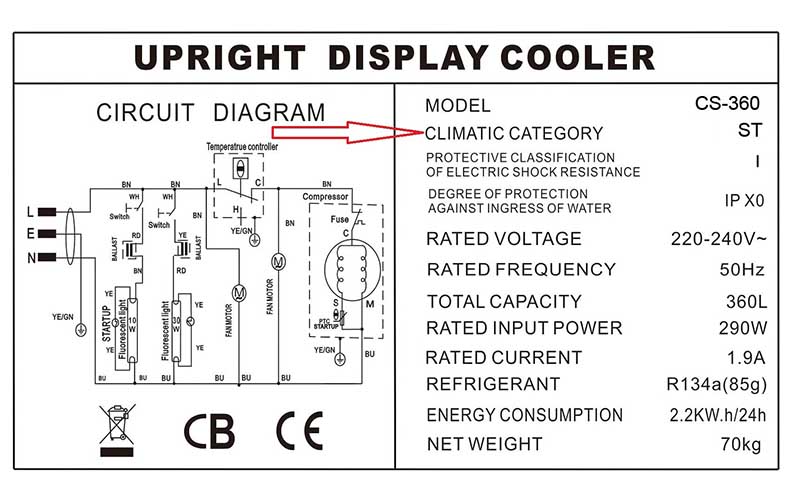
FAQs
